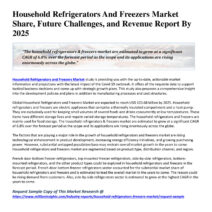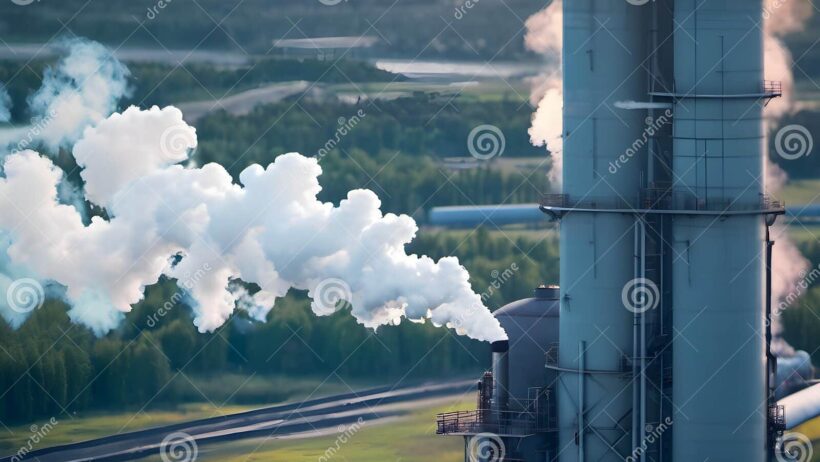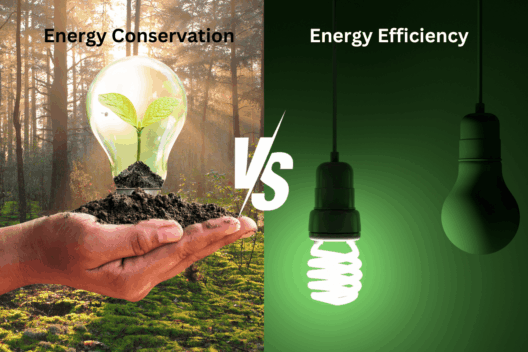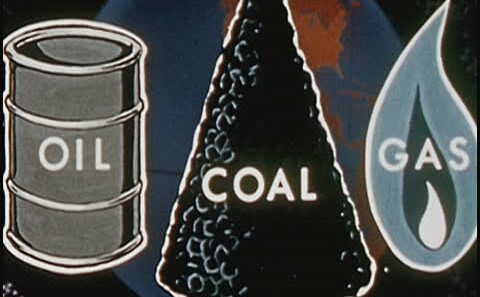Industrial activity plays a pivotal role in shaping the environmental landscape of our planet. From the factory floors of manufacturing units to the sprawling complexes of oil refineries, industries contribute significantly to global warming through emissions of various greenhouse gases. But what if we extended a playful question: “Can industry be both a culprit and a savior in the climate crisis?” This dichotomy unveils a multifaceted challenge that demands our attention and action.
The industrial sector is renowned for its ability to drive economic growth, yet it does so at a consequential cost to our environment. In this intricate tapestry of industrial operations, we find fossil fuel combustion, extensive resource extraction, and waste generation, all of which contribute to the escalation of global temperatures. Carbon dioxide (CO2), methane (CH4), and nitrous oxide (N2O)—the primary greenhouse gases—are directly emitted from industrial activities, exacerbating the greenhouse effect and leading to climate change.
To gain a comprehensive understanding of the industrial sector’s role in global warming, it is imperative to explore specific industries and their contributions. The energy sector, especially oil and gas, is a notorious offender. According to various studies, fossil fuels are responsible for approximately 70% of global greenhouse gas emissions. Oil refineries—delicate yet complex facilities—process crude oil into numerous products while emitting vast amounts of CO2 and other pollutants as byproducts. This is illustrated poignantly in imagery that embodies the specter of refinery fumes, encapsulating the essence of industry’s impact on the climate.
Equally concerning is the manufacturing sector. This colossal segment encompasses everything from steel production to textile manufacturing. Practices associated with these industries often involve high energy consumption and significant waste generation. A striking aspect of the manufacturing process is the sheer volume of emissions that stem from mining operations to produce raw materials and the subsequent processing required to create finished goods. It is estimated that industrial processes contribute approximately 20% of total global greenhouse emissions, thus holding a substantial stake in environmental degradation.
The agricultural industry is often less discussed but equally significant in its contribution to global warming. Agricultural practices, such as the use of synthetic fertilizers and methane emissions from livestock, add a daunting layer to the climate crisis. As this sector relies heavily on industrial methods for food production, it serves as a reminder that the links between industry, consumption, and climate are inextricably intertwined.
Yet, amidst this environmental descent, the industrial sector faces a noteworthy challenge: adaptive innovation. As governments and organizations worldwide enact stricter environmental regulations, industries must pivot towards sustainable practices. The question remains—can industry repurpose its ingenuity to mitigate its own destructive outputs? This challenge is steeped in complexity yet rich with potential.
Sustainable practices, such as the implementation of cleaner production technologies, circular economy models, and carbon capture and storage (CCS), may provide pathways to glean benefits from industry while reducing environmental harm. For instance, the circular economy emphasizes recycling and reusing materials to minimize waste and energy consumption, fundamentally altering the linear model of ‘take, make, and dispose.’ Through this lens, industries can emerge not only as a source of emissions but as leaders in resource efficiency and sustainability, working toward a regenerative impact on the environment.
Moreover, renewable energy investments have surged within industrial sectors, indicating a shift in mindset among industry leaders. The transition from coal and gas to wind, solar, and hydroelectric power presents a formidable opportunity for industries to play a proactive role in combating climate change. This paradigm shift illustrates that, indeed, industries can be the architects of their own redemption.
At the individual level, industries must cultivate a culture of accountability, encouraging employees and stakeholders alike to embrace eco-conscious practices. Corporate social responsibility (CSR) initiatives have emerged as vehicles through which businesses can measure their sustainability efforts and transparent impact on the environment. Engaging employees in sustainability training not only fosters awareness but also cultivates an ethos of care—a critical component in the fight against global warming.
While the challenges ahead may seem daunting, they serve as rallying points for innovation and action. The industrial sector must recognize the potency of its footprint and take deliberate steps toward lowering emissions and operating sustainably. Collaborative efforts between businesses, governments, and consumers are essential to catalyze systemic change. Establishing rigorous environmental standards and incentivizing sustainable practices will repurpose industries from harbingers of climate change to leaders in global sustainability.
In conclusion, the confrontation between industry and global warming is fraught with complexity. It is a dance between destruction and potential redemption. Through innovation, accountability, and a commitment to sustainability, industries stand at a crossroads where they can either exacerbate the climate crisis or become catalysts for change. The answer to the playful question posited earlier may be equally complex; industries indeed have the capacity to be both culprits and saviors. This duality challenges us to foster a unified movement toward a sustainable future that respects our planet, ensuring that factory floors are places of ingenuity that contribute not to feverish forecasts of catastrophe but to a balanced and ecologically sound world.








